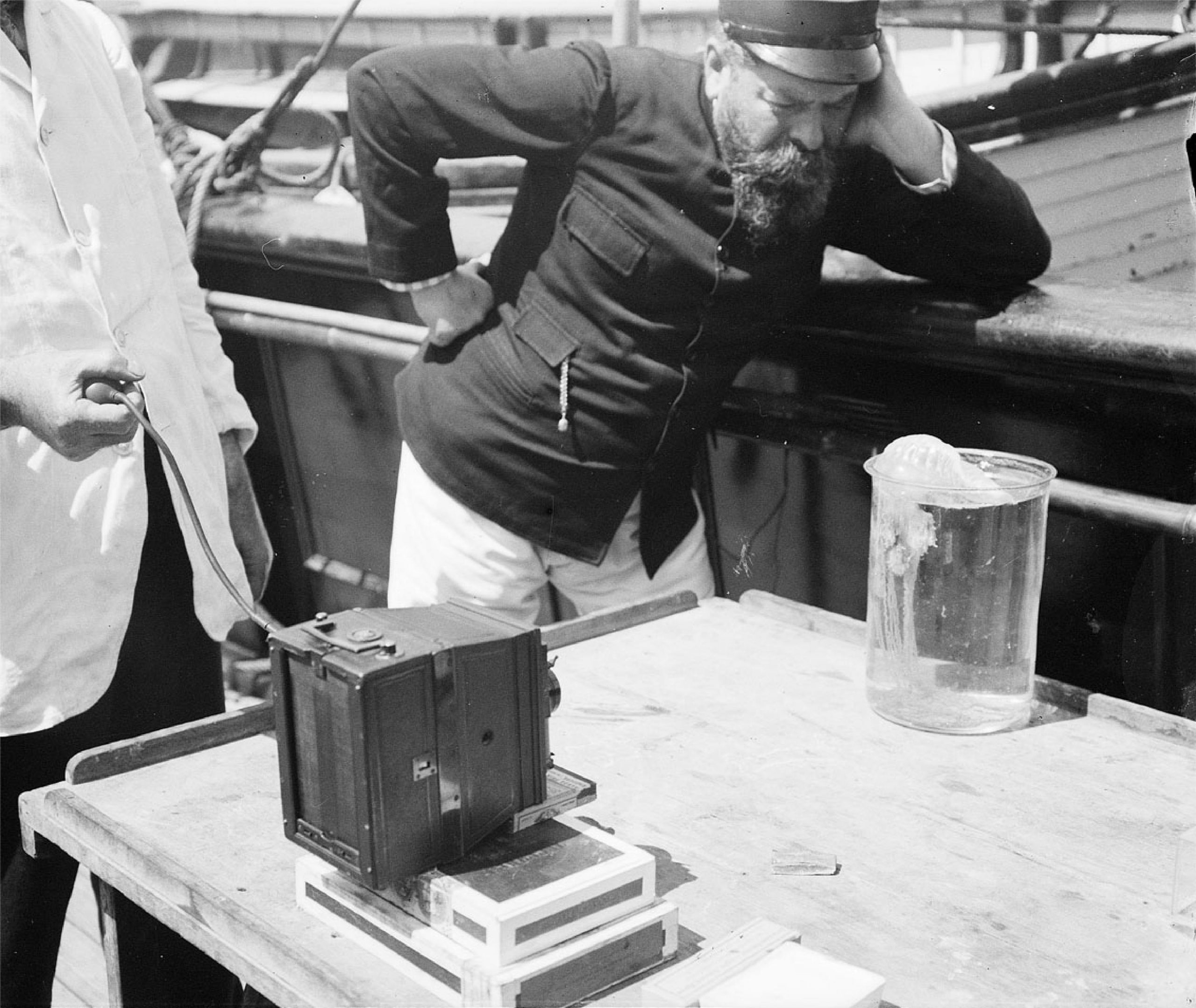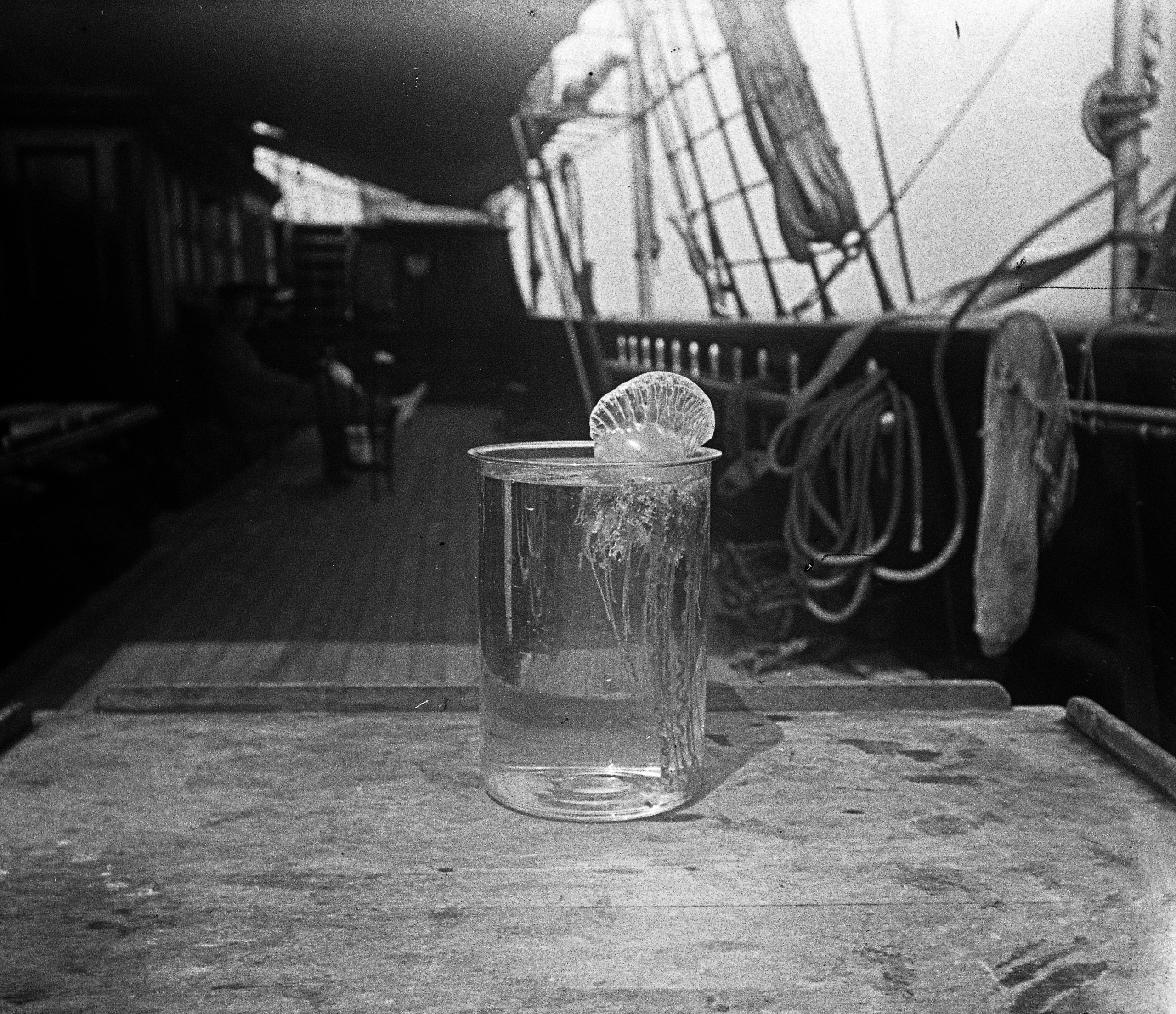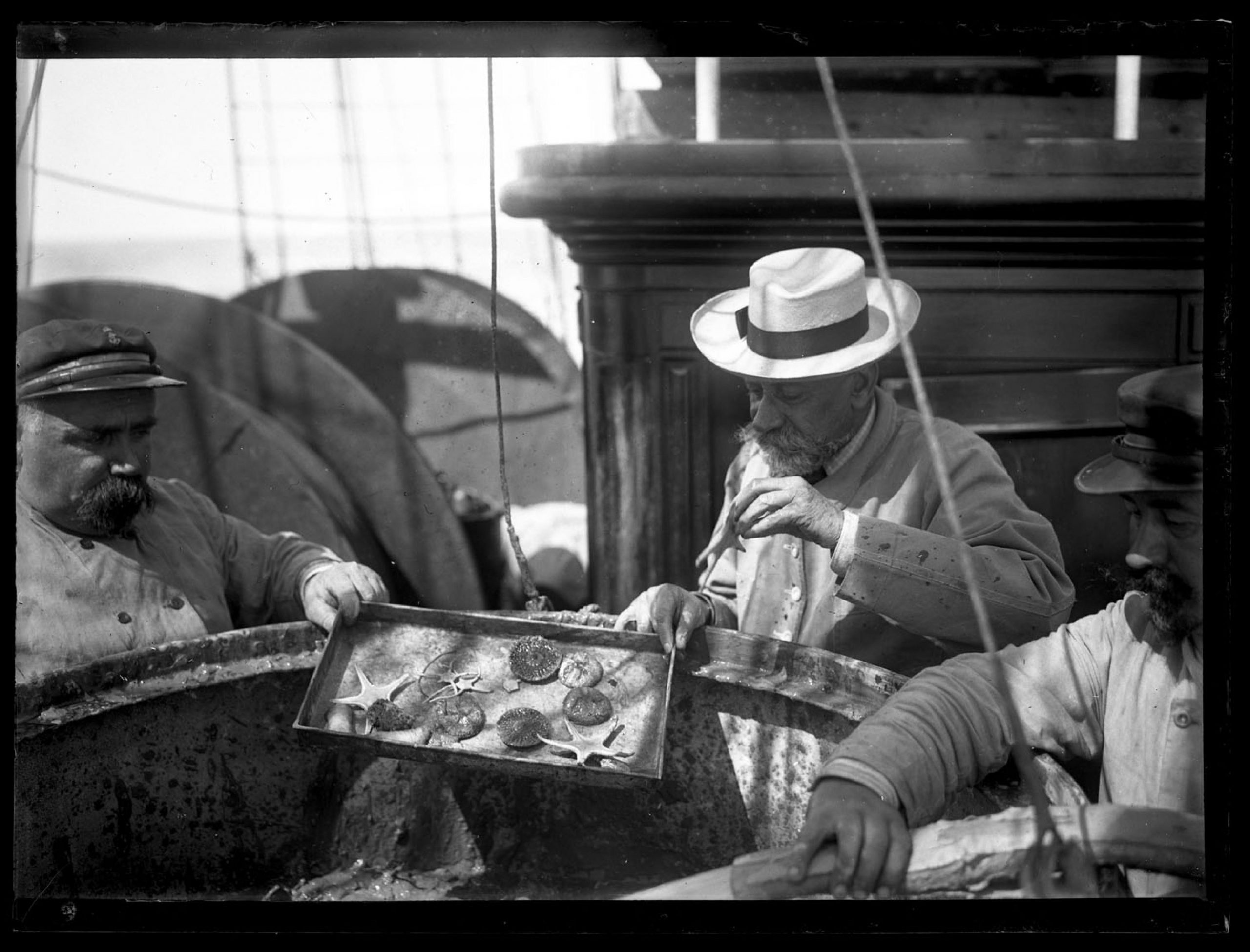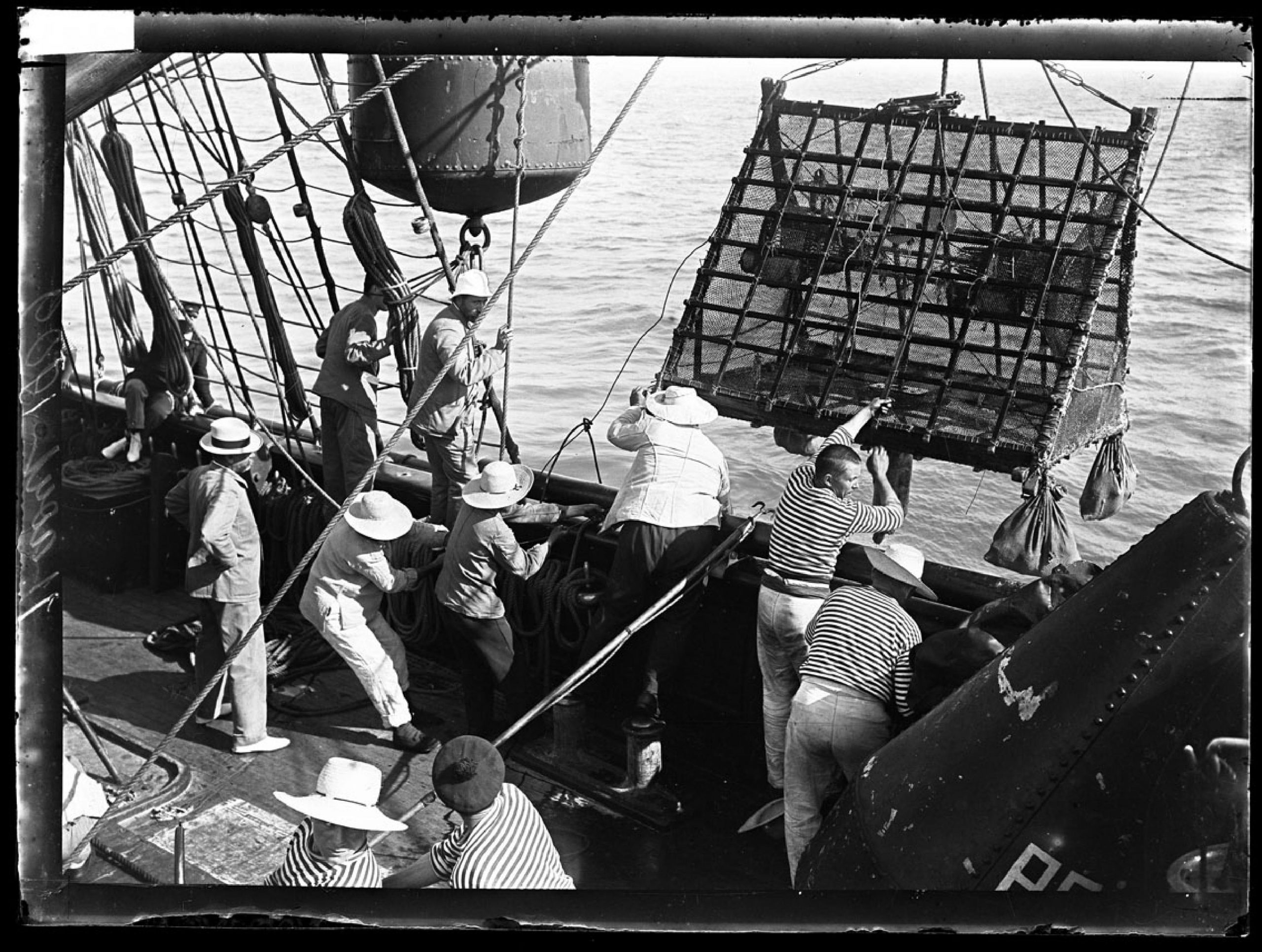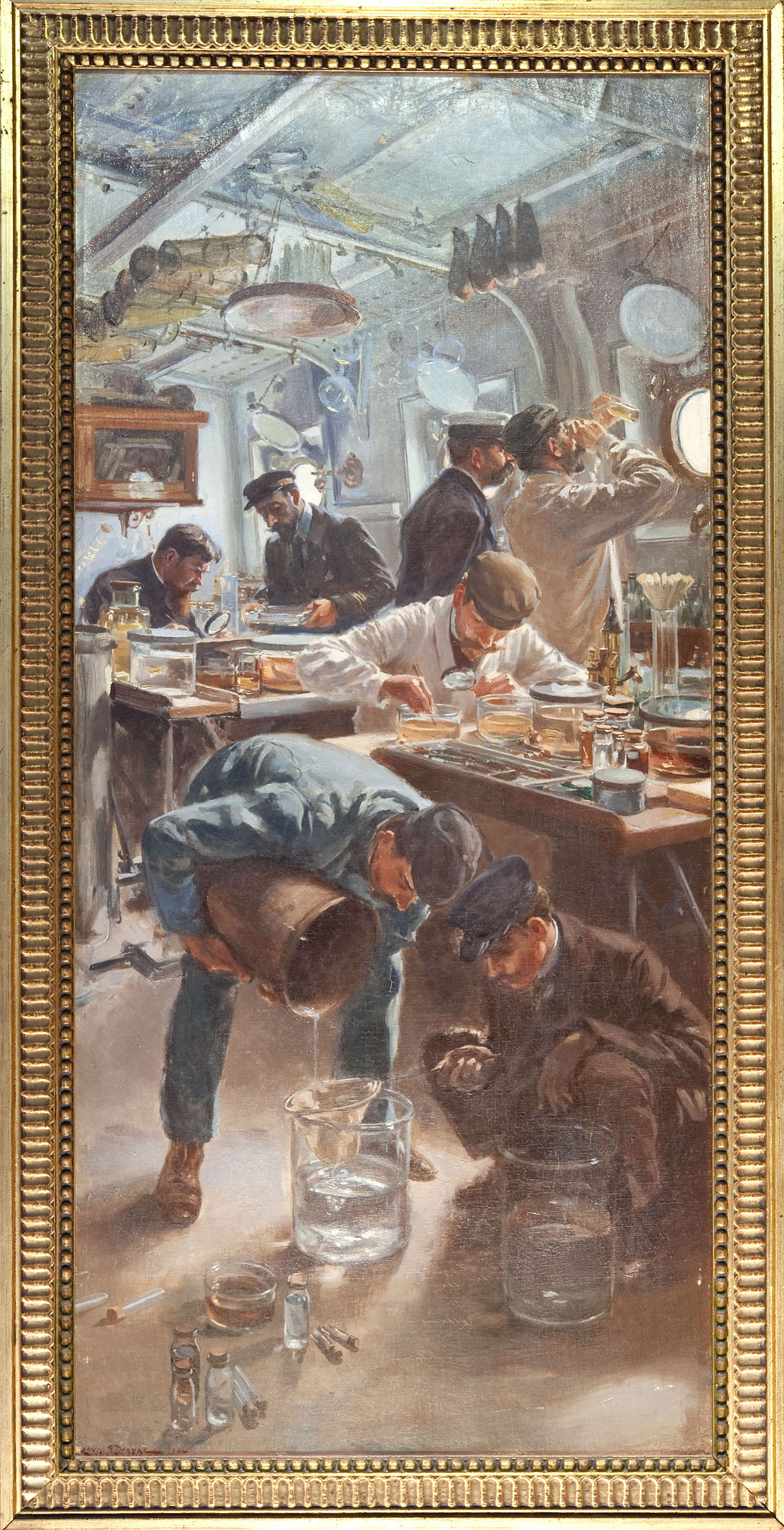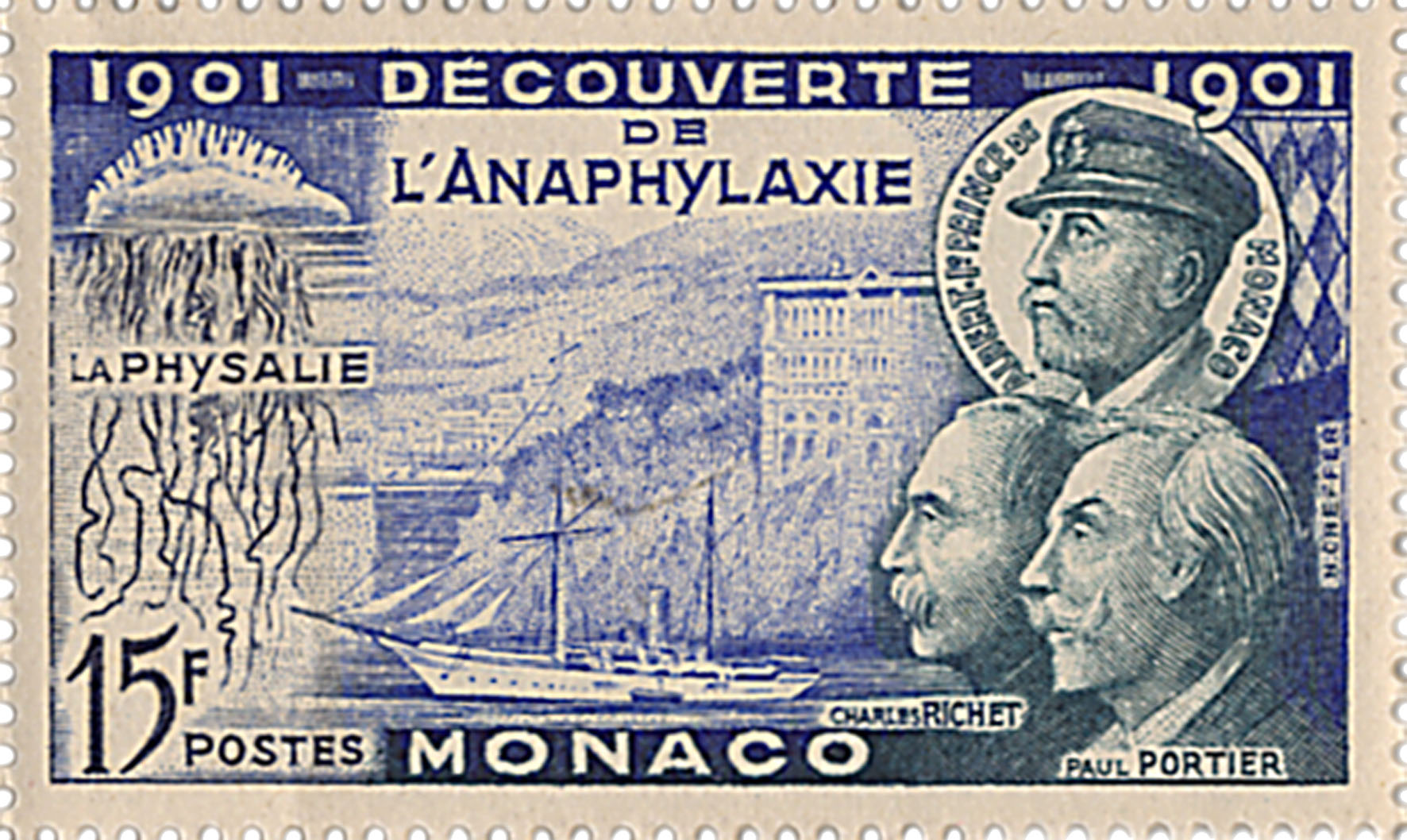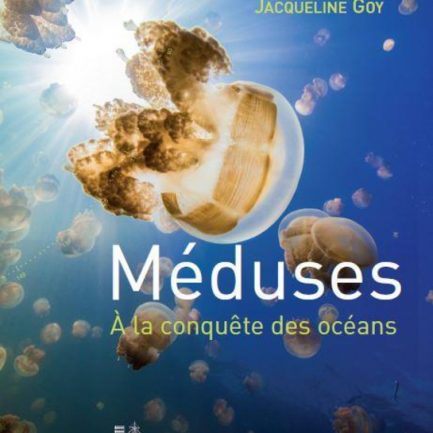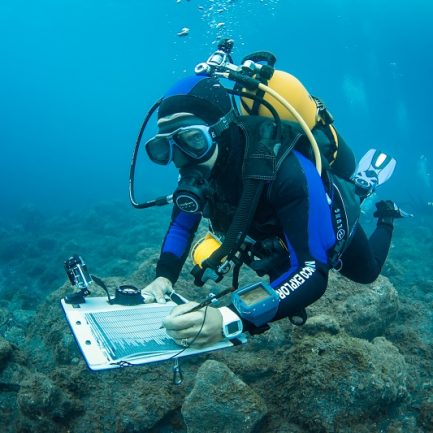Getting involved yourself
- Home
- Actualités
- 5 – The discovery of anaphylaxis
In the summer of 1901, Prince Albert I led his annual Atlantic expedition from the Cape Verde Islands to the Azores. During previous campaigns, with Dr. Jules Richard, his close collaborator, he had had the opportunity to observe that the sailors manifested an extremely sharp pain, which could go as far as syncope, when they came into contact with a kind of jellyfish, a pelagic cnidarian called Physalia physalis. He thought that a venom was probably involved.
Charles Richet, Professor at the Faculty of Medicine of Paris, and Paul Portier, assistant of physiology at the Sorbonne, were invited to join the expedition in order to isolate this venom and study this phenomenon. The work carried out on board the second Princess-Alice with the physalie, and then on their return to Paris, especially with the anemones Actinia equina and Anemonia cerae, consisted of injecting cnidarian extracts into guinea pigs (dogs and pigeons), with a sufficiently long interval between each injection and using low doses of toxins.
Instead of being immune, the guinea pigs became increasingly sensitive, even dying. Richet and Portier published the discovery of anaphylaxis in 1902 and defined it as follows: ” We call anaphylactic, as opposed to phylaxis, the property of a venom to diminish and not reinforce immunity when injected in non-lethal doses. This discovery laid the first foundations of allergology (all the knowledge relating to the reactions caused in the body by the introduction of a foreign substance called an antigen) and earned Charles Richet the 1913 Nobel Prize for Physiology and Medicine.
Experimenting with extracts from the tentacles of certain sea anemones, Richet and Portier found that dogs injected with the extract became overly sensitive to the action of a second dose. These dogs could be killed by an amount that was only a fraction of the fatal dose for an untreated dog. They called this state of abnormal sensitivity of the subject to the action of certain substances Anaphylaxis. ...] There was at first much surprise and disbelief, for scholars had hitherto been accustomed to regard the immunization or sensitivity-decreasing reaction as the appropriate response of an organism to the injection of foreign substances. It was therefore surprising that the exact opposite phenomenon could occur. Thus the laws of immunity were completely overturned.
Le Prince Albert Ier Avril 1921
Prince de Monaco 1889-1922







